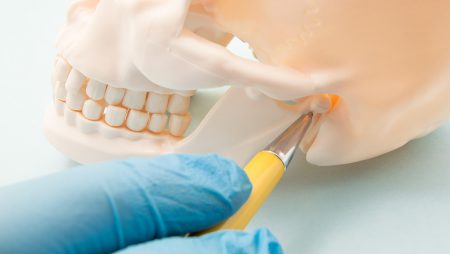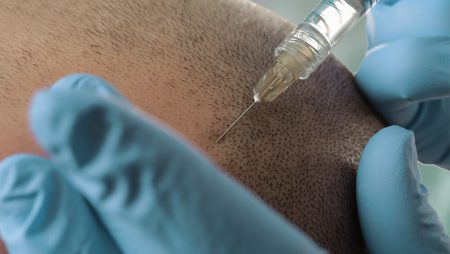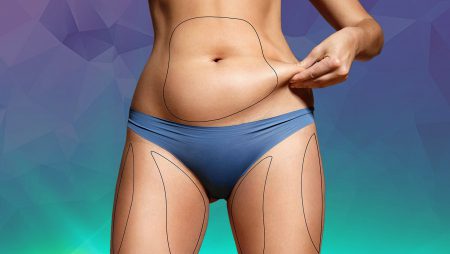Gynecomastia is a condition that causes men to develop swelling in their breasts. The swelling occurs due to hormonal imbalance. Whilst gynecomastia is not a serious health, it may cause discomfort and embarrassment.
There are three varieties, glandular, lipamatous and mixed. Growing in the glandular type provides real breast tissue. Lipamatosis also provides an increase in fat tissue. In the case of mixed, both breast tissue and fat tissue increase.
Gynecomastia is difficult to improve with diet and exercise. Surgery is the most effective method in treating this condition. Liposuction fat removal and removal of the mammary gland are the most appropriate treatment methods. Your doctor will decide after a thorough examination. If the fat tissue of the breast is too much, liposuction will be the preferred procedure. If the patient has too much fat tissue and breast tissue, it is necessary to remove the breast tissue along with liposuction. In addition to fatty tissue and breast tissue, if there is excess skin, removal of the excess skin is required. An overnight hospital stay is recommended.
Preoperative care
Ultrasonographic examination of the breasts is done after a physical examination. In addition, if pathology is suspected to be a condition, blood tests and imaging methods are preferred.
Postoperative care
After surgery, an overnight hospital stay is organised.
Expect swelling and bruising for a few weeks after the procedure.
A specialised corset is worn for a month.
Vigorous exercise, sauna, steam, and solarium, should be avoided.
You may return to work and social activities 2 days after the surgery.
The final results will be visible after 3-6 months.
After 3 or 4 days of operation, the patient is called to the control and the dressing is done.





